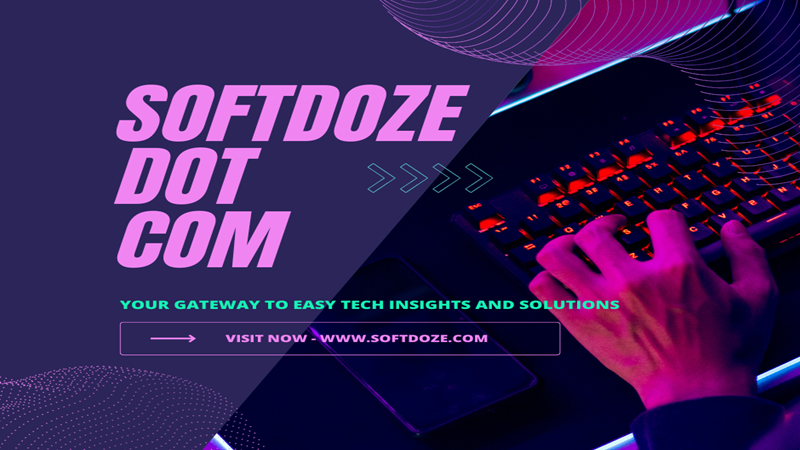
Elon Musk’s X fails bid to escape Australian fine
Elon Musk’s X fails bid to escape Australian fine Elon Musk’s X on Friday lost a legal bid to avoid a $417,000 fine levelled by

Supervised learning is a type of machine learning where the model is trained on a labeled dataset, meaning that each input data point is paired with the correct output label. The goal is for the model to learn a mapping from inputs to outputs, which can then be used to make predictions on new, unseen data.
In supervised learning, the algorithm is given a set of training examples, each with a set of input features and the corresponding correct output labels. The algorithm then learns from these examples to generalize to new, unseen examples. There are two main types of supervised learning: classification and regression.
Classification is a type of supervised learning where the goal is to predict the discrete class labels of new instances based on past observations. For example, a spam email filter is a classification algorithm that predicts whether an email is spam or not spam based on the content of the email and past examples of spam and non-spam emails.
Regression is a type of supervised learning where the goal is to predict a continuous-valued output. For example, predicting the price of a house based on its size, location, and other features is a regression problem.
Supervised learning algorithms include linear regression, logistic regression, decision trees, random forests, support vector machines, and neural networks. These algorithms differ in how they model the relationship between the input features and the output labels and how they generalize to new examples.
Unsupervised learning is a type of machine learning where the model is trained on an unlabeled dataset, meaning that there are no predefined output labels. The goal of unsupervised learning is to discover patterns or relationships in the data without any guidance or supervision.
There are several types of unsupervised learning algorithms, including clustering, association, and dimensionality reduction.
Clustering is a type of unsupervised learning where the goal is to group similar data points together into clusters. The algorithm does this by finding patterns or similarities in the data and grouping data points that are close to each other into the same cluster. K-means clustering is a popular clustering algorithm that partitions the data into k clusters based on the similarity of data points to the cluster centroids.
Association is a type of unsupervised learning where the goal is to find relationships or associations between variables in a dataset. This is often used in market basket analysis to identify sets of products that are frequently bought together.
Dimensionality reduction is a type of unsupervised learning where the goal is to reduce the number of input variables in a dataset while preserving as much information as possible. This can help simplify the dataset and reduce noise, making it easier to analyze. Principal component analysis (PCA) is a popular dimensionality reduction technique that finds the directions of maximum variance in the data and projects the data onto these directions.
In 2023, machine learning continued to advance rapidly, with new algorithms, techniques, and applications emerging. One of the key trends in machine learning in 2023 was the increasing use of deep learning, a subfield of machine learning that uses neural networks with many layers to learn complex patterns in data. Deep learning has been particularly successful in areas such as image recognition, natural language processing, and speech recognition.
Another trend in machine learning in 2023 was the growing importance of explainable AI. As machine learning models become more complex and are used in critical applications such as healthcare and finance, there is a growing need to understand how these models make decisions. Explainable AI aims to make machine learning models more transparent and understandable to humans, helping to build trust in AI systems.
In addition, machine learning continued to be applied across a wide range of industries and domains in 2023. For example, in healthcare, machine learning was used to improve diagnostics, personalize treatment plans, and analyze medical images. In finance, machine learning was used for fraud detection, risk management, and algorithmic trading. In transportation, machine learning was used to optimize routes, improve safety, and develop autonomous vehicles.
Overall, machine learning in 2023 was characterized by continued innovation and growth, with the field poised to have a transformative impact on society in the years to come.
You must be logged in to post a comment.
WELCOME TO SOFTDOZE.COM
Softdoze.com is a technology-focused website offering a wide range of content on software solutions, tech tutorials, and digital tools. It provides practical guides, reviews, and insights to help users optimize their use of software, improve productivity, and stay updated on the latest technological trends. The platform caters to both beginners and advanced users, delivering useful information across various tech domains.

Elon Musk’s X fails bid to escape Australian fine Elon Musk’s X on Friday lost a legal bid to avoid a $417,000 fine levelled by

Facebook, one of the original social media networks Facebook, one of the original social media networks, has become known as the platform of parents and

Bangabandhu Sheikh Mujibur Rahman Bangabandhu Sheikh Mujibur Rahman Born: March 17, 1920, Tungipara, Gopalganj, British India (now Bangladesh) Died: August 15, 1975, Dhaka, Bangladesh Role:

হারানো-নষ্ট হয়ে যাওয়া ড্রাইভিং লাইসেন্স উত্তোলন হারানো ড্রাইভিং লাইসেন্স উত্তোলন করার উপায়। আমাদের মাঝে অনেকেই আছেন যারা ড্রাইভিং লাইসেন্স হারিয়ে ফেলছেন অথবা নষ্ট করে ফেলছেন।
Submit a Comment